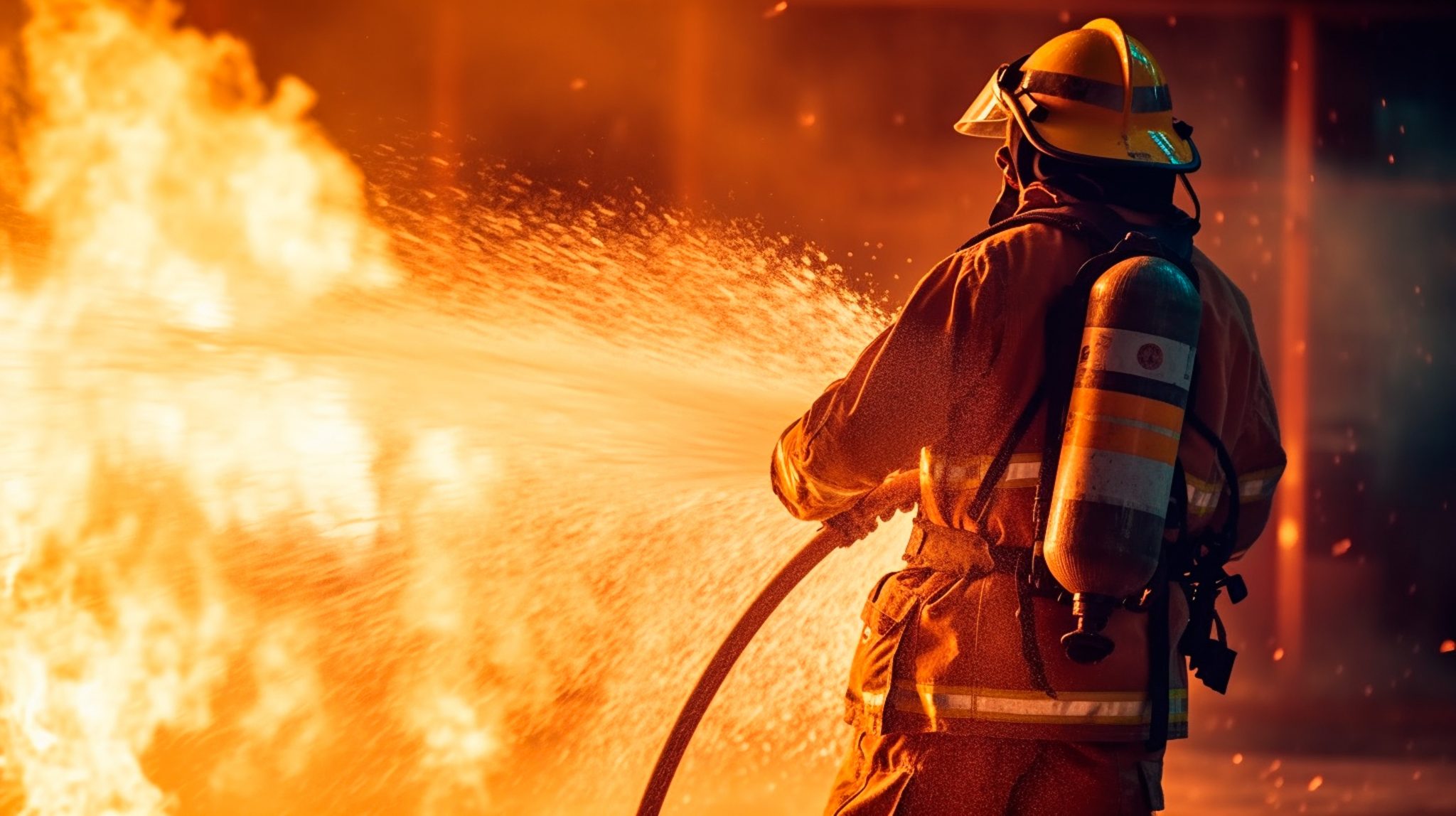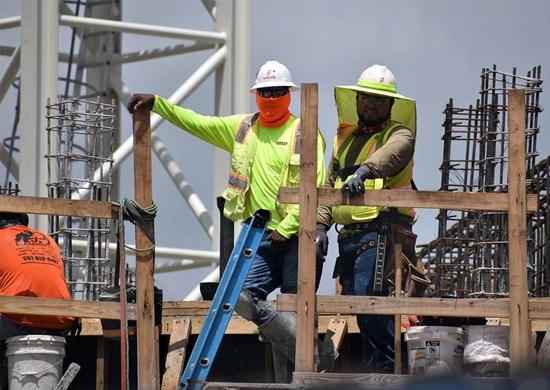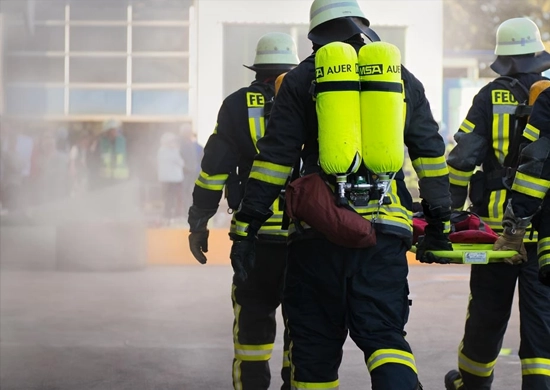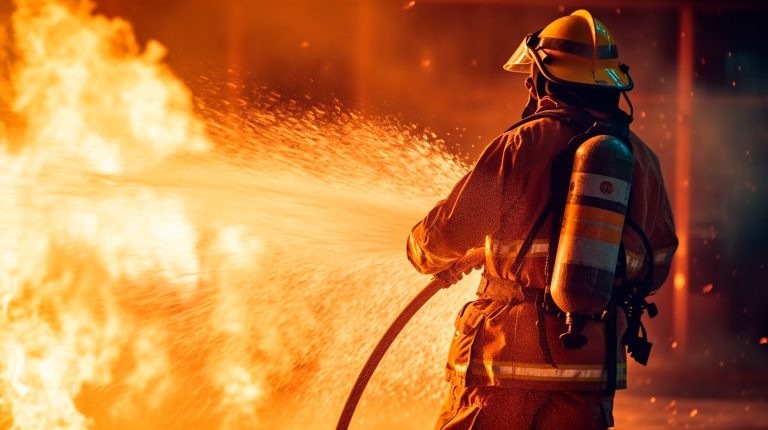In today’s fast-paced industrial and corporate world, workplace safety goes beyond legal compliance — it’s a moral obligation. One of the most vital aspects of safety management is fire prevention and control. This is where a Fire Fighting Training Course becomes indispensable. It equips employees with the essential knowledge, practical skills, and confidence to respond effectively during emergencies, helping minimize damage and protect lives.
Whether your workplace is in construction, manufacturing, oil and gas, or a corporate environment, knowing how to handle fire incidents can make a life-saving difference. Let’s explore why this training is so essential, what it entails, and how it strengthens overall workplace safety.
The Importance of Fire Fighting Training in the Workplace
Fires at workplaces can occur unexpectedly due to electrical faults, flammable materials, or human error. Even a minor spark can escalate into a major incident if employees are unprepared to act immediately.
A Fire Fighting Training Course ensures every staff member understands fire hazards, knows how to use extinguishers correctly, and follows safe evacuation procedures. More than that, it fosters a culture of safety awareness where prevention is valued as much as response.
Occupational safety studies indicate that proper fire training can reduce workplace fire incidents by up to 70%. That alone highlights the importance of investing in professional fire safety education.
How a Fire Fighting Training Course Enhances Workplace Safety
The primary goal of a Fire Fighting Training Course is to empower employees to respond quickly and confidently in fire emergencies. Here’s how it improves safety in the workplace:
- Awareness and Prevention: Employees learn how fires start, common ignition sources, and ways to eliminate hazards before they escalate.
- Emergency Response Confidence: Trained personnel can operate fire alarms, extinguishers, and evacuation procedures effectively.
- Reduced Panic: Training instills calmness during fire incidents, minimizing injuries and chaos.
- Compliance and Legal Benefits: Fire safety training helps organizations meet occupational safety regulations and avoid penalties.
- Protection of Lives and Assets: Quick, informed action by trained staff can save lives and reduce property damage.
Workplace safety isn’t just about having extinguishers and alarms — it’s about having people who know how to use them effectively.
What Do You Learn in a Fire Fighting Training Course?
A Fire Fighting Training program blends theoretical knowledge with hands-on experience, ensuring participants gain practical skills for real emergencies. Typical training includes:
- Understanding Fire Behavior: Learn the fire triangle (fuel, heat, oxygen) and how fires start, spread, and can be controlled.
- Fire Classification and Extinguishers: Training covers the five classes of fire (A, B, C, D, K) and the correct extinguishers for each.
- Use of Fire Fighting Equipment: Participants handle fire hoses, blankets, extinguishers, and alarms correctly.
- Evacuation Procedures and Communication: Learn safe evacuation techniques and how to communicate effectively during emergencies.
- First Aid and Rescue: Some courses teach basic first aid for burns or smoke inhalation until professional medical help arrives.
This comprehensive approach equips employees to act as first responders when seconds matter most.
Duration of a Fire Fighting Training Course
The length of a Fire Fighting Training Course varies by level and purpose:
- Basic Fire Safety Training: Lasts a few hours to a day, ideal for general staff.
- Comprehensive Fire Fighting Courses: Typically 2–5 days, covering theory and hands-on exercises.
- Advanced or Industrial-Level Training: Up to a week, designed for high-risk industries like chemical plants or oil refineries.
Programs from a reputed Health and Safety Training Institute in Saudi Arabia usually combine classroom sessions with live fire drills to ensure practical exposure.
Basic Fire Safety Training vs. Fire Fighting Training Course
Though often used interchangeably, these two differ:
- Basic Fire Safety Training: Focuses on hazard recognition, prevention, and safe evacuation; suitable for all staff.
- Fire Fighting Training : Technical and operational, teaching how to directly combat fires with extinguishers, hoses, and other tools.
In short, basic training builds awareness, while a firefighting course builds actionable skills.
Equipment Covered in Fire Fighting Training
Participants gain hands-on experience with essential fire suppression tools, including:
- Portable extinguishers (CO₂, foam, dry powder, water-based)
- Fire hose reels and hydrants
- Smoke detectors and alarms
- Fire blankets and sprinklers
- Breathing apparatus and protective gear
Advanced modules often include maintenance and inspection practices, linked to Equipment Inspection Services in Saudi Arabia, ensuring all safety systems remain functional.
Why Fire Fighting Training is Essential for Every Organization
- Compliance with Safety Regulations: Legal requirements mandate fire safety training.
- Builds a Safety-First Culture: Employees remain vigilant and proactive about fire hazards.
- Boosts Confidence: Staff feel prepared to handle emergencies.
- Reduces Financial Loss: Small fires can be controlled before causing significant damage.
- Enhances Reputation: Clients and partners value organizations committed to workplace safety.
Partnering with professional Safety Training Providers in Riyadh, Saudi Arabia ensures compliance and prepares your team for emergencies.
Career Advantages of Fire Fighting Training
Beyond safety, completing a Fire Fighting Training Program can enhance career prospects. Many industries, particularly in Saudi Arabia, prefer candidates trained in fire safety. Certificates from accredited institutes can lead to roles such as:
- Fire Warden or Safety Officer
- Health & Safety Supervisor
- Site Safety Coordinator
- Emergency Response Team Member
Certified professionals are seen as valuable assets, contributing directly to workplace risk reduction.
FAQ
- What is a Fire Fighting Training Course?
A professional program teaching fire prevention, control, and extinguishing techniques, combining classroom lessons and live drills. Who can enroll?
Anyone, but it’s especially beneficial for employees in high-risk sectors like construction, oil and gas, manufacturing, and healthcare.Is practical training included?
Yes. Most courses include simulations and live demonstrations to apply theoretical knowledge safely.Will I get a certificate?
Yes. Completion provides recognized certification validating competence in fire safety.Can this training help my career?
Absolutely. Certified individuals are preferred by employers who prioritize workplace safety, opening doors to promotions and new roles.
Final Thoughts
Fire emergencies are unpredictable, and every second counts. Fire Fighting Training equips your team with the skills, confidence, and readiness to respond effectively, protecting lives and property.
Investing in fire safety training isn’t just regulatory — it’s moral, operational, and career-wise smart. Organizations and individuals who prioritize preparedness gain a clear advantage in safety, reputation, and workplace efficiency.








